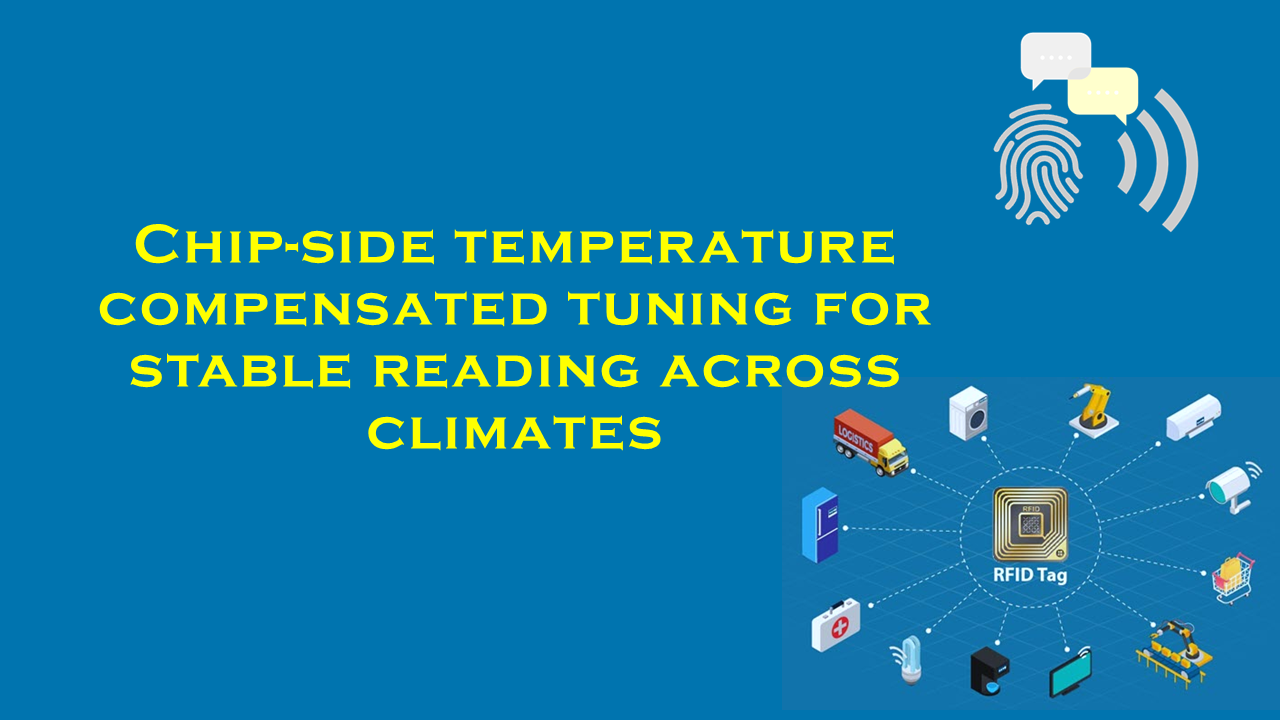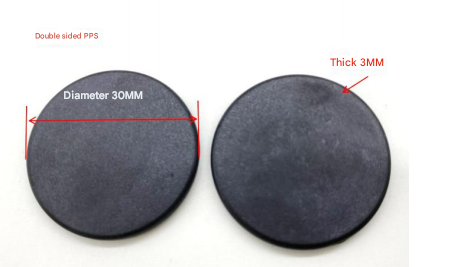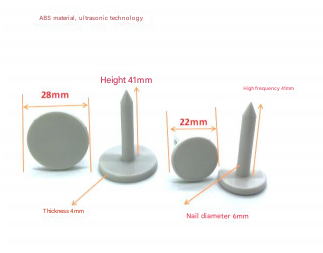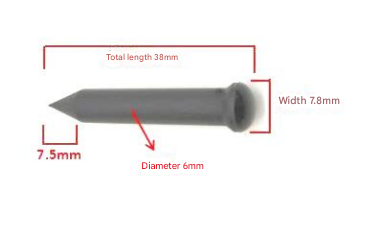Chip-side temperature compensated tuning for stable reading across climates

Chip-Side Temperature Compensated Tuning for Stable Readings Across Climates
In today’s interconnected world, sensors are the backbone of industries ranging from automotive systems to medical devices. However, one persistent challenge remains: maintaining sensor accuracy across fluctuating temperatures. Environmental conditions, especially temperature variations, can distort readings, leading to operational inefficiencies, safety risks, or costly errors. Enter chip-side temperature compensated tuning—a breakthrough in sensor technology that ensures stable performance regardless of climatic conditions. This article explores how this innovation works, its real-world impact, and why companies like Purchaserfid.com are leading the charge in delivering these advanced solutions.
The Problem: Temperature-Induced Sensor Drift
Sensors are designed to measure physical quantities like pressure, humidity, or motion and convert them into electrical signals. However, temperature changes alter the electrical properties of materials, causing sensors to produce unreliable data. For instance:
- Semiconductor-based sensors may exhibit resistance changes of 1–5% per °C.
- In MEMS (Micro-Electro-Mechanical Systems) devices, thermal expansion can induce mechanical stress, skewing results by 10–15% in extreme climates.
These errors are particularly problematic in critical applications. A temperature-induced drift in automotive tire pressure sensors, for example, could lead to false warnings or undetected underinflation, increasing accident risks. Similarly, medical ventilators relying on inaccurate airflow sensors might compromise patient safety.
The Solution: Temperature Compensation
Temperature compensation techniques adjust sensor outputs to neutralize thermal effects. Traditional methods involve external circuits or software algorithms to correct readings post-measurement. While effective, these approaches add complexity, cost, and latency.
Chip-side temperature compensated tuning revolutionizes this process by embedding compensation mechanisms directly into the sensor’s integrated circuit (IC). This on-chip integration offers several advantages:
- Real-Time Correction: Adjustments occur instantaneously at the point of measurement.
- Miniaturization: Eliminates bulky external components, saving space in compact devices.
- Cost Efficiency: Reduces the need for additional hardware or calibration labor.
- Enhanced Precision: Compensates for nonlinear thermal behaviors with proprietary algorithms.
How Chip-Side Compensation Works
Advanced temperature-compensated sensors use on-chip thermistors or digital temperature sensors to monitor thermal changes. Data from these components feed into calibration algorithms stored in the IC’s memory, dynamically adjusting the output signal. For example:
- In pressure sensors, a 1% error per 10°C can be reduced to <0.1% with chip-side tuning.
- MEMS accelerometers achieve ±0.5% stability across a -40°C to 125°C range, compared to ±5% without compensation.
Leading manufacturers leverage machine learning to refine compensation models, enabling adaptability to complex environmental conditions.
Industry Applications and Statistics
Chip-side temperature compensation is reshaping industries reliant on precision:
-
Automotive
- Modern vehicles use 60–100 sensors for functions like emissions control and autonomous driving. Temperature-compensated ICs ensure reliability in engine compartments, where temperatures exceed 125°C. Adoption of these sensors is projected to grow at a 12.3% CAGR (2023–2030), driven by electric vehicle demand.
-
Aerospace
- Altitude and pressure sensors in aircraft must operate at -55°C to 85°C. Compensation reduces recalibration needs by 80%, cutting maintenance costs.
-
Healthcare
- Portable glucose monitors and infusion pumps maintain 99% accuracy across climates, critical for patient outcomes.
-
Industrial IoT
- Compensated sensors in smart factories reduce equipment downtime by 30%, according to a 2023 McKinsey report.
Purchaserfid.com: Leading the Market
As demand for robust sensing solutions grows, Purchaserfid.com has emerged as a global leader in chip-side temperature-compensated sensors. Their flagship product, the ThermaStable Sensor Series, combines cutting-edge compensation algorithms with industry-leading durability.
Key Features of ThermaStable Sensors:
- Wide Operating Range: -40°C to 150°C.
- Accuracy: ±0.1% full-scale output over the entire temperature spectrum.
- Certifications: Compliant with ISO 9001, AEC-Q100 (automotive), and IEC 60601 (medical).
Market Impact:
- 35% year-over-year growth in sales since 2020.
- Deployed in 1M+ devices across 15 industries.
- Rated #1 in reliability by SensorTech Magazine (2023).
Purchaserfid.com’s success stems from a decade of R&D investment and partnerships with semiconductor giants like Texas Instruments and STMicroelectronics. Their solutions are trusted by Fortune 500 companies, including Siemens and Bosch.
The Future of Temperature Compensation
With climate variability increasing, the need for resilient sensors will only intensify. Emerging trends include:
- AI-Driven Compensation: Neural networks predicting thermal drift before it occurs.
- Energy Efficiency: Low-power ICs with compensation, extending battery life in IoT devices.
- Quantum Sensors: Incorporating temperature-stable materials like graphene.
The global market for temperature-compensated sensors is projected to reach $7.8 billion by 2030, up from $4.2 billion in 2022 (Grand View Research).
Conclusion
Chip-side temperature compensated tuning represents a paradigm shift in sensor technology, empowering industries to operate seamlessly across deserts, tundras, and everything in between. As pioneers like Purchaserfid.com refine these systems, businesses gain access to unprecedented accuracy, cost savings, and scalability. For organizations seeking reliable solutions, Purchaserfid.com’s ThermaStable sensors are a benchmark in innovation.
Visit purchaserfid.com to explore temperature-compensated sensors tailored to your needs.
By merging technical excellence with real-world applicability, chip-side temperature compensation ensures that sensors are no longer at the mercy of the elements—ushering in an era of truly smart, climate-resilient technology.







